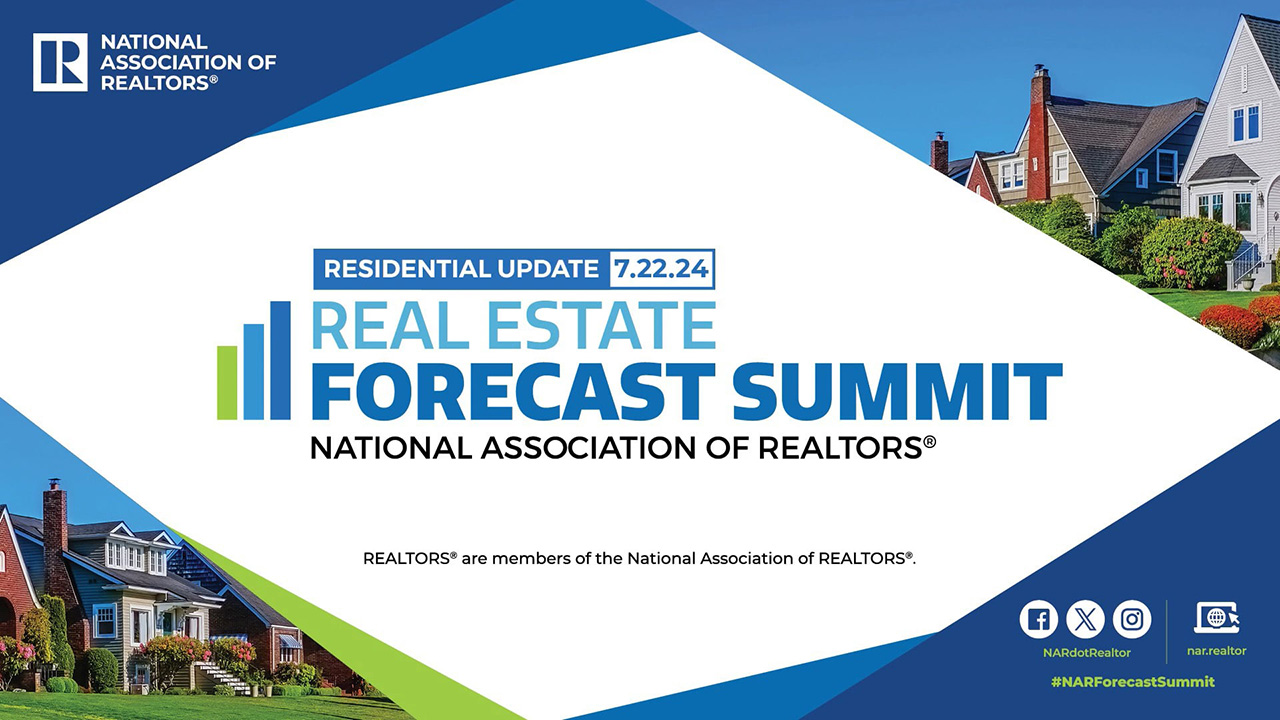Window to the Law: ADA and Website Accessibility Update: Transcript
ADA Website accessibility claims are on the rise. With a reported 177% increase in website accessibility lawsuits filed from 2017 to 2018, and a 131% increase in filings during the first quarter of 2019 as compared to the first quarter of 2018, these lawsuits show no signs of slowing down. This striking increase in litigation, along with the 9th Circuit’s recent reversal in Robles v. Domino’s, underscores the fact that real estate professionals need to understand and take measures to address website accessibility.
The ADA’s requirement that businesses provide physically accessible spaces is undisputed. However, the ADA is silent on its application to the internet. With the Department of Justice’s failure to provide guidance on this issue, businesses have been left to struggle with if, and how, to comply with the ADA in their electronic spaces. And, consumers have turned to the courts to resolve this issue, resulting in a mounting body of case law finding that the ADA’s existing accessibility requirements do in fact apply to a business’s online presence.
In a recent, and notable, decision, the 9th Circuit reversed the district court’s decision in Robles v. Dominos. Here, a visually impaired plaintiff alleged that Domino’s website and mobile application were inaccessible in violation of the ADA. The district court ruled that websites couldn’t be deemed in violation of the ADA when the Department of Justice has not yet provided specific guidance as to what constitutes ADA website accessibility. The 9th Circuit disagreed. In overturning the district court’s decision, the 9th Circuit held that existing guidance already articulates “comprehensible standards” that require websites to provide “full and equal” access to individuals with disabilities, noting that waiting for the Department of Justice to provide guidance would cause an undue delay for the plaintiff’s right to full and equal access to Dominos’ goods and services. The United States Supreme Court is currently considering Domino’s appeal, but in the meantime, we can add this case to the accumulating body of precedence that the ADA does in fact apply to electronic spaces.
To protect your business from being the subject of the next ADA website accessibility lawsuit, consider the following:
- Don’t wait to take action. Despite the fact that the Department of Justice has demonstrated its unwillingness to issue additional guidance on website accessibility, courts are overwhelmingly applying the ADA to electronic spaces.
- Conduct an accessibility audit of your business’s websites and mobile applications. Based on the audit results, create and begin executing a plan to address identified accessibility issues.
- Become familiar with the accessibility standards adopted in the Web Content Accessibility Guidelines (WCAG) or hire an expert who is. Although WCAG standards are not part of the ADA or its regulations, federal agencies have adopted the WCAG standards in conforming their own websites, and these guidelines are often cited by courts as the standard for website accessibility.
- Include an accessibility policy and notice on your website. Feel free to use NAR’s accessibility statement on your website. You can find NAR’s statement via the link at the bottom of NAR’s homepage.
NAR will continue to follow the issue of website accessibility closely, and in the meantime, be sure to take steps to protect your business. Thanks for watching this episode of “Window to the Law.”































































